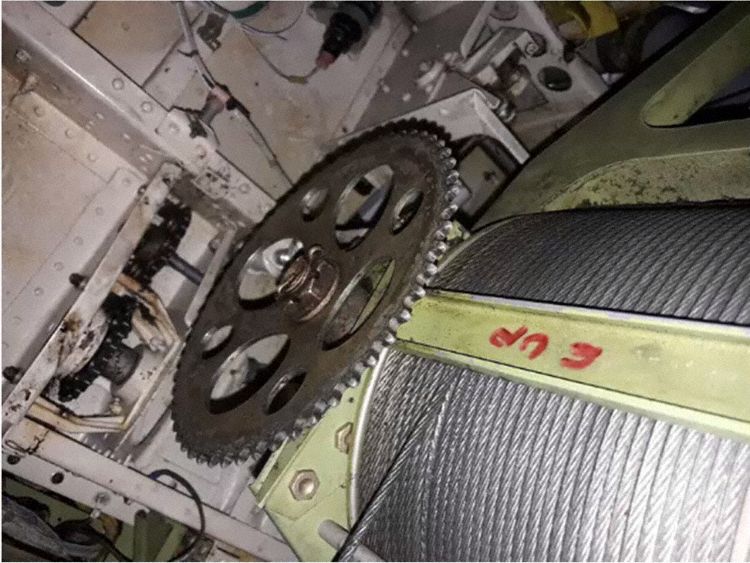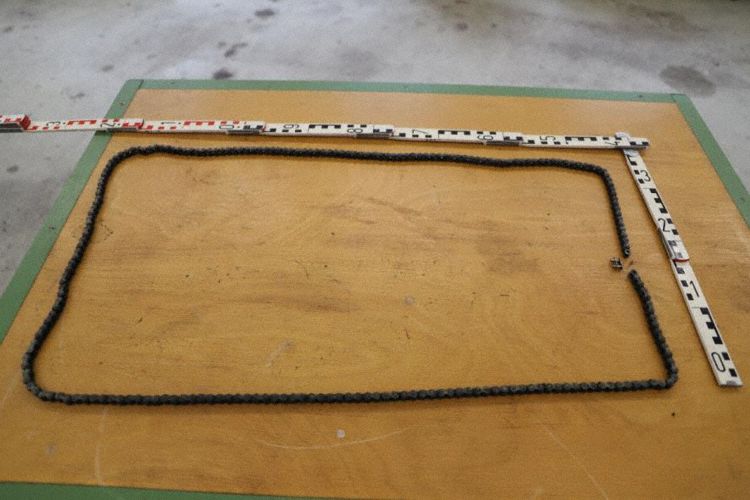 EI-STM 737-400F Loss of Stab Trim and Flap Jam
EI-STM 737-400F Loss of Stab Trim and Flap Jam
Home > Accident News > EI-STM
Contents
07 Jul 2021 - A 737-400F operated by ASL Airlines Ireland, flight AG2382 from Leipzig to Cologne, was in the cruise at FL280. The flight crew noticed that trimming the horizontal stabilizer was not working. They decided to continue their flight to the arrival aerodrome Cologne/Bonn by manual flight control. During the approach to runway 14L the flap lever could only be moved to position 1. After the landing, it was determined that the chain assembly within the drive train of the horizontal stabilizer forward control mechanism had detached.
Interim Report
According to the interim report from the BFU, the crew attempted to apply stabilizer trim but it could not be moved electrically or manually.
Subsequently, the pilots completed a checklist from the QRH and switched off the trim cut out switch and continued the flight manually to Cologne.
The CVR recording showed that the two pilots were talking about the forces necessary at the control column being higher than usually. The flight crew took turns with the controls.
They planed the approach to runway 14L of Cologne/Bonn Airport and conducted a corresponding briefing. The flight crew informed the responsible air traffic control unit that they had a flight control problem but did not need any help at the ground and requested a 15 NM long final approach. The air traffic controller agreed.
At a distance of 12 NM to the runway threshold, the PF requested flap position 1. After speed had reached 190 KIAS the PF requested flap position 5. The PNF determined that the flap lever could not be moved. The PF decided that the Trailing Edge Flaps Up Landing QRH checklist should be completed. Both pilots defined a landing speed of VREF40 + 40 kt (158 KIAS). The subsequent landing at 1923 hrs occurred without further incidents.
All of the information, photographs & schematics from this website and much more is now available in a 374 page printed book or in electronic format.
*** Updated 05 Aug 2023 ***



